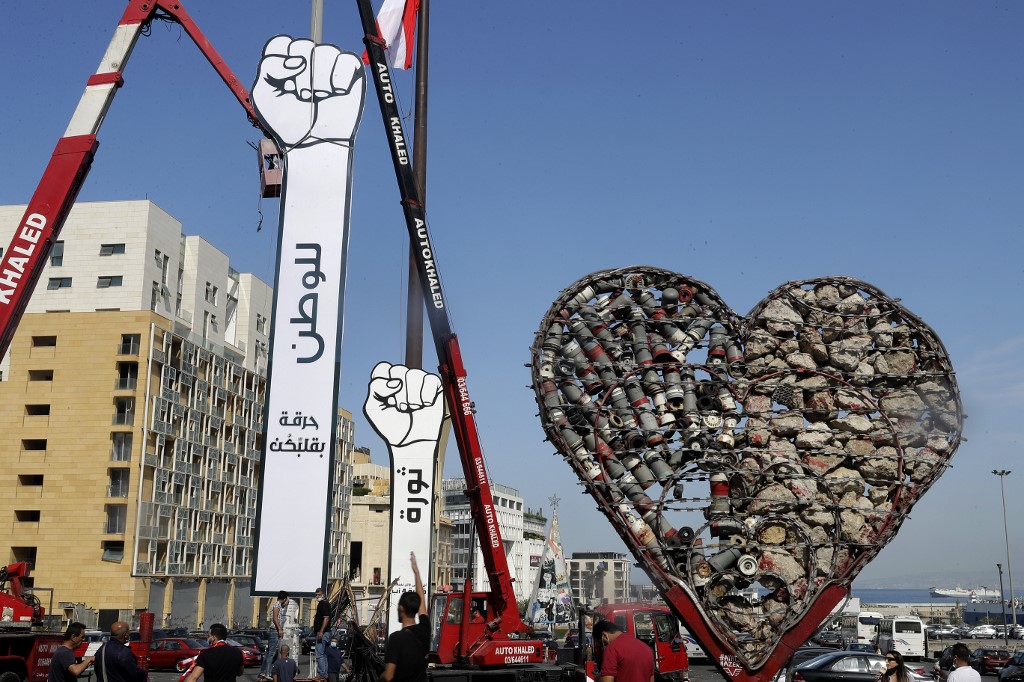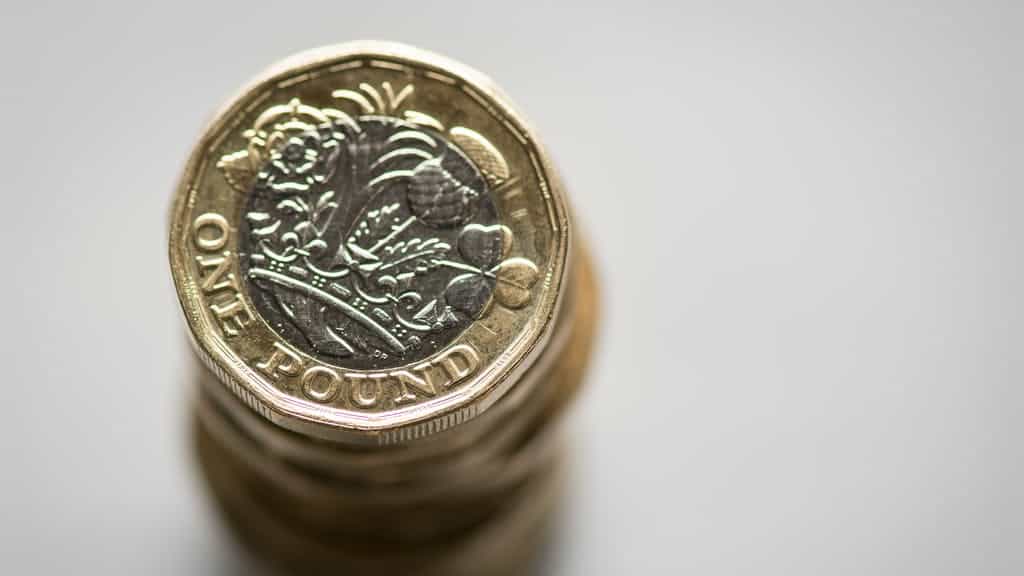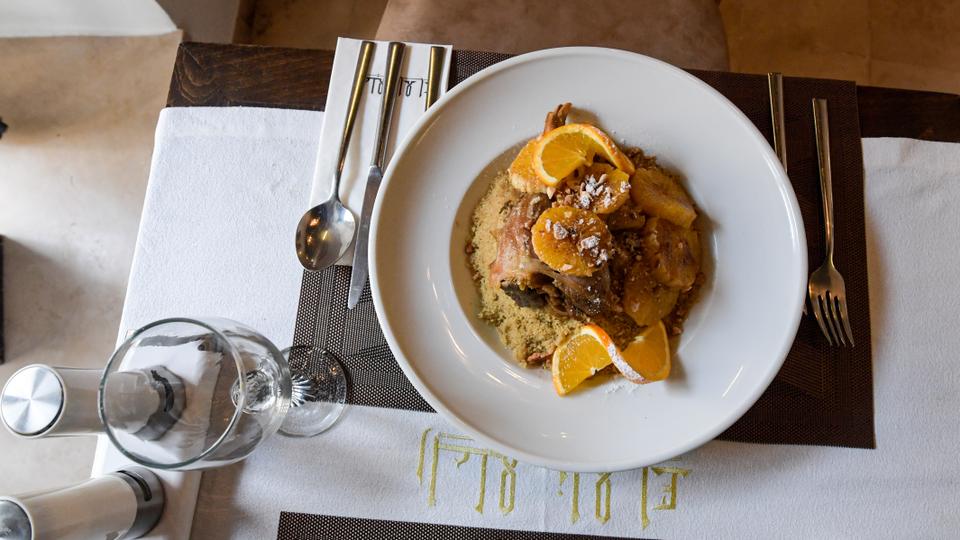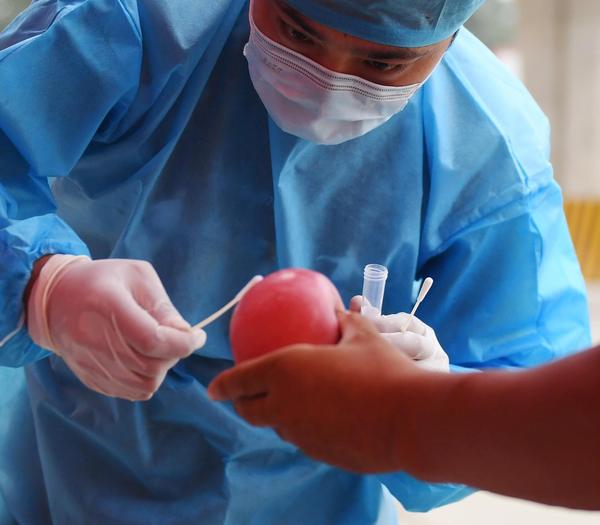5,000-year-old relic from the Great Pyramid discovered in a cigar box in ScotlandANOTHER AMAZING FIND IN THE MUSEUM
STORAGE ROOM
Published 16th December 2020

Credit: University of Aberdeen
Written by Jessie Yeung, CNN
Late last year, curatorial assistant Abeer Eladany was reviewing items in the University of Aberdeen's museum collections, when she came across an item that didn't seem to belong.
Eladany, who is originally from Egypt and had spent a decade working at the Egyptian Museum in Cairo, noticed the country's former flag on an unassuming cigar box. She opened it up to find small pieces of wood inside -- and, after cross checking it with museum records, realized she had stumbled upon a lost artifact from the Great Pyramid of Giza, the centerpiece of an enduring archaeological mystery.
Only three objects have ever been recovered from inside the Great Pyramid -- a trio of items known as the "Dixon Relics," according to the University of Aberdeen.
Two of them, a ball and a hook, are now housed in the British Museum. But the third object, fragments belonging to a much larger piece of cedar wood, had been missing for more than 70 years, the university added.

Abeer Eladany with the cigar box and pieces of wood. Credit: University of Aberdeen
"Once I looked into the numbers in our Egypt records, I instantly knew what it was, and that it had effectively been hidden in plain sight in the wrong collection," said Eladeny in a press release from the university.
"I'm an archaeologist and have worked on digs in Egypt but I never imagined it would be here in north-east Scotland that I'd find something so important to the heritage of my own country."
The Great Pyramid stands 139 meters (about 455 feet) high and was built around 4,500 years ago. It's the largest of the group of pyramids at Giza, the oldest of the Seven Wonders of the Ancient World, and a major tourist attraction.
The pyramid is composed of narrow, cramped tunnels, difficult for people to climb through. In the 18th and 19th centuries, archaeologists and researchers used to try blasting their way into chambers inside. To avoid further damaging the ancient structures, modern archaeologists now use technology like robots and remote cameras to explore its interior; in the Great Pyramid, they have so far only gained access to three known chambers.
The relics were first discovered in 1872 inside the pyramid's Queen's Chamber by engineer Waynman Dixon. He was assisted by his friend James Grant, a graduate from the University of Aberdeen; their discovery of the relics, according to the release, was widely reported at the time.
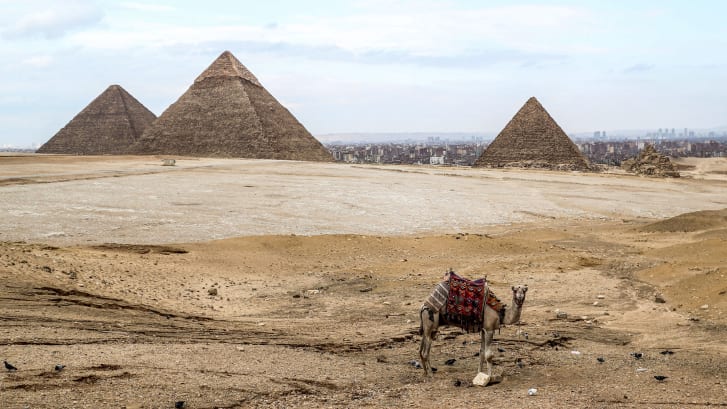
The Giza pyramids in Egypt, photographed on March 13, 2020. Credit: Mohamed el-Shahed/AFP/Getty Images
Dixon took the ball and hook, and Grant took the piece of wood, the university said. After Grant's death in 1895, his collections were bequeathed to the university, and his daughter donated a "five inch piece of cedar" in 1946.
But because the piece was never properly classified, it stayed hidden for decades despite an "extensive search," until Eladany accidentally discovered it in the Asia collection.
"The University's collections are vast -- running to hundreds of thousands of items -- so looking for it has been like finding a needle in a haystack," she said. "I couldn't believe it when I realized what was inside this innocuous-looking cigar tin."
There are different theories about the wood's purpose and date of origin -- some researchers think it's part of a larger measurement tool, which they believe could provide clues as to how the towering pyramids were constructed.
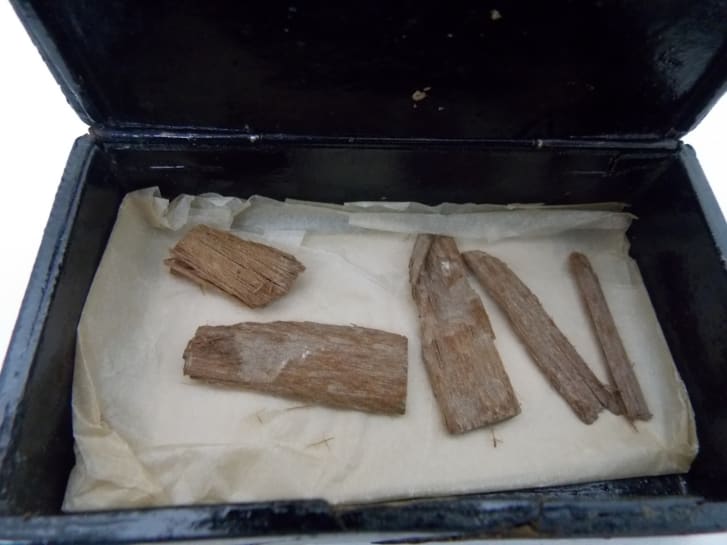
The cigar box with wooden fragments had been added to the museum's Asia collection, but actually housed the Egyptian relics. Credit: University of Aberdeen
The process of radiocarbon dating has revealed that the fragments are from around 3341-3094 B.C. -- centuries before the construction of the Great Pyramid. Covid-19 restrictions had delayed the dating of the 'lost' cedar fragment, said the university. The larger piece of wood it originated from, still inside the Great Pyramid, was most recently seen by a robotic camera in 1993 and is now unreachable.
This suggests that the relics were original to the construction of the Pyramid, instead of being later left by those inside the completed Pyramid.
"It is even older than we had imagined. This may be because the date relates to the age of the wood, maybe from the center of a long-lived tree," said Neil Curtis, Head of Museums and Special Collections at the University of Aberdeen, in the release. "Alternatively, it could be because of the rarity of trees in ancient Egypt, which meant that wood was scarce, treasured and recycled or cared for over many years." He added that the discovery might "reignite interest" in the relics.
"It will now be for scholars to debate its use and whether it was deliberately deposited, as happened later during the New Kingdom, when pharaohs tried to emphasize continuity with the past by having antiquities buried with them.
Great Pyramid relic found in cigar box at university in Scotland
One of only three objects ever recovered from inside Egypt's Great Pyramid, wooden artefact may shed new light on ancient structure, says University of Aberdeen

Ancient cedar wood, now fragmented into pieces, is one of only three relics ever recovered from inside Great Pyramid (University of Aberdeen)
By Sheren Khalel
Published date: 16 December 2020
A lost artefact from the Great Pyramid of Giza that had been missing for more than 70 years was found in a cigar box at the University of Aberdeen by an Egyptian curatorial assistant.
The artefact, one of only three objects ever recovered from inside the Great Pyramid, may shed new light on the structure, the university said in a news release on Wednesday.
Abeer Eladany was reviewing items in the University of Aberdeen's museum Asian collections when she came across an item that didn't seem to belong.
Eladany, who spent 10 years working in the Egyptian Museum in Cairo, "was immediately intrigued", as the cigar box featured her country’s former flag on top. Opening it, Eladany found several pieces of ancient cedar wood fragments.

Cigar box in which relic was found (University of Aberdeen)
Cross-referencing the item with other records, Eladany said she quickly realised she had discovered the "lost Dixon relic", one of three items uncovered inside the pyramid’s Queens Chamber in 1872 by engineer Waynman Dixon.
"Once I looked into the numbers in our Egypt records, I instantly knew what it was, and that it had effectively been hidden in plain sight in the wrong collection,” Eladany said in Wednesday's news release.
"I’m an archaeologist and have worked on digs in Egypt, but I never imagined it would be here in northeast Scotland that I’d find something so important to the heritage of my own country."
The three Dixon relics
Two of the Dixon artefacts - a ball and a hook - are housed in the British Museum. The third, which Eladany discovered, the fragment of wood that has broken into several, had been missing for decades.
"The lost piece of cedar has generated many theories about its purpose and date and holds particular significance because of the potential for radiocarbon dating. Some have speculated that it was part of a measuring rule which could reveal clues regarding the pyramid’s construction," the university said in the news release.

Israeli museum postpones auction of rare Middle Eastern artifacts after outrageRead More »
The "lost" cedar fragment has shown that the wood can be dated to somewhere in the period 3341-3094BC - about 500 years earlier than historical records that date the Great Pyramid to the reign of the Pharaoh Khufu in 2580-2560BC, according to the university.
The university said the age of the relic supports the idea that – whatever their use – the Dixon Relics were original to the construction of the Great Pyramid and not later artefacts left behind by those exploring the chambers.
“It may be just a small fragment of wood, which is now in several pieces, but it is hugely significant given that it is one of only three items ever to be recovered from inside the Great Pyramid.
“The university’s collections are vast - running to hundreds of thousands of items - so looking for it has been like finding a needle in a haystack. I couldn’t believe it when I realised what was inside this innocuous-looking cigar tin.”
Neil Curtis, head of museums and special collections at the University of Aberdeen, said: “Finding the missing Dixon Relic was a surprise, but the carbon dating has also been quite a revelation.
“It is even older than we had imagined. This may be because the date relates to the age of the wood, maybe from the centre of a long-lived tree. Alternatively, it could be because of the rarity of trees in ancient Egypt, which meant that wood was scarce, treasured and recycled or cared for over many years.
“It will now be for scholars to debate its use and whether it was deliberately deposited, as happened later during the New Kingdom, when pharaohs tried to emphasise continuity with the past by having antiquities buried with them.
“This discovery will certainly reignite interest in the Dixon Relics and how they can shed light on the Great Pyramid.”













